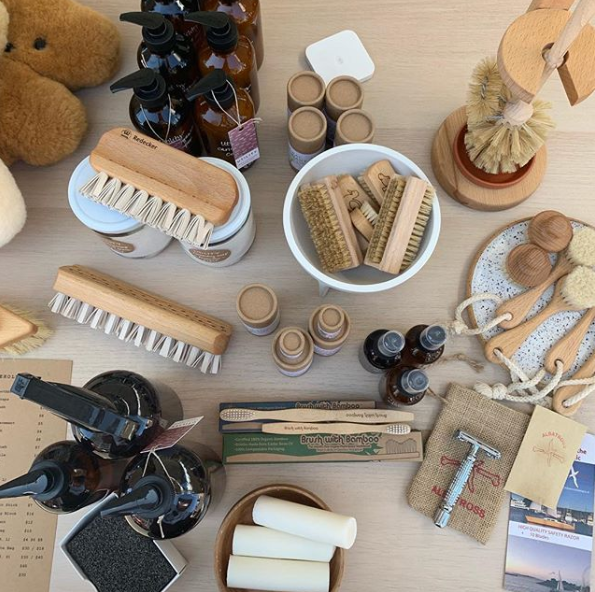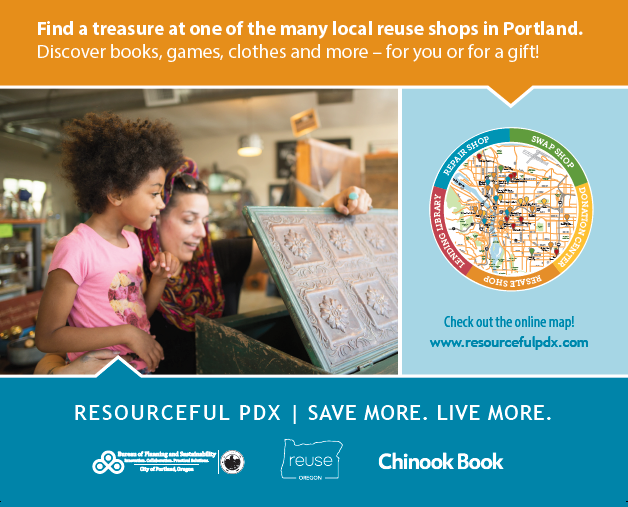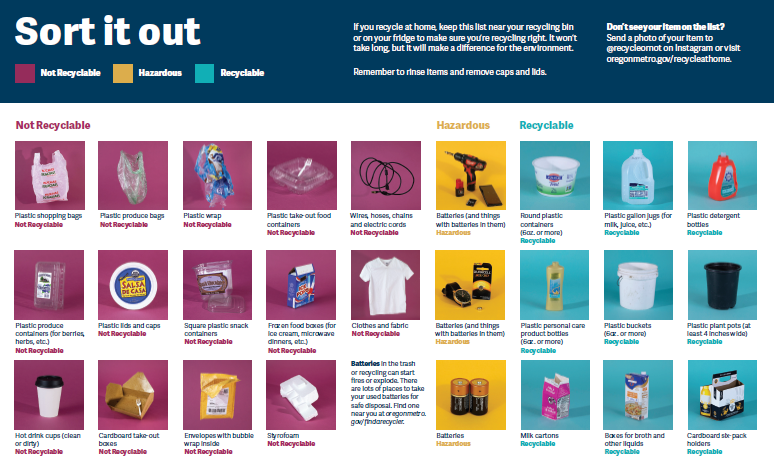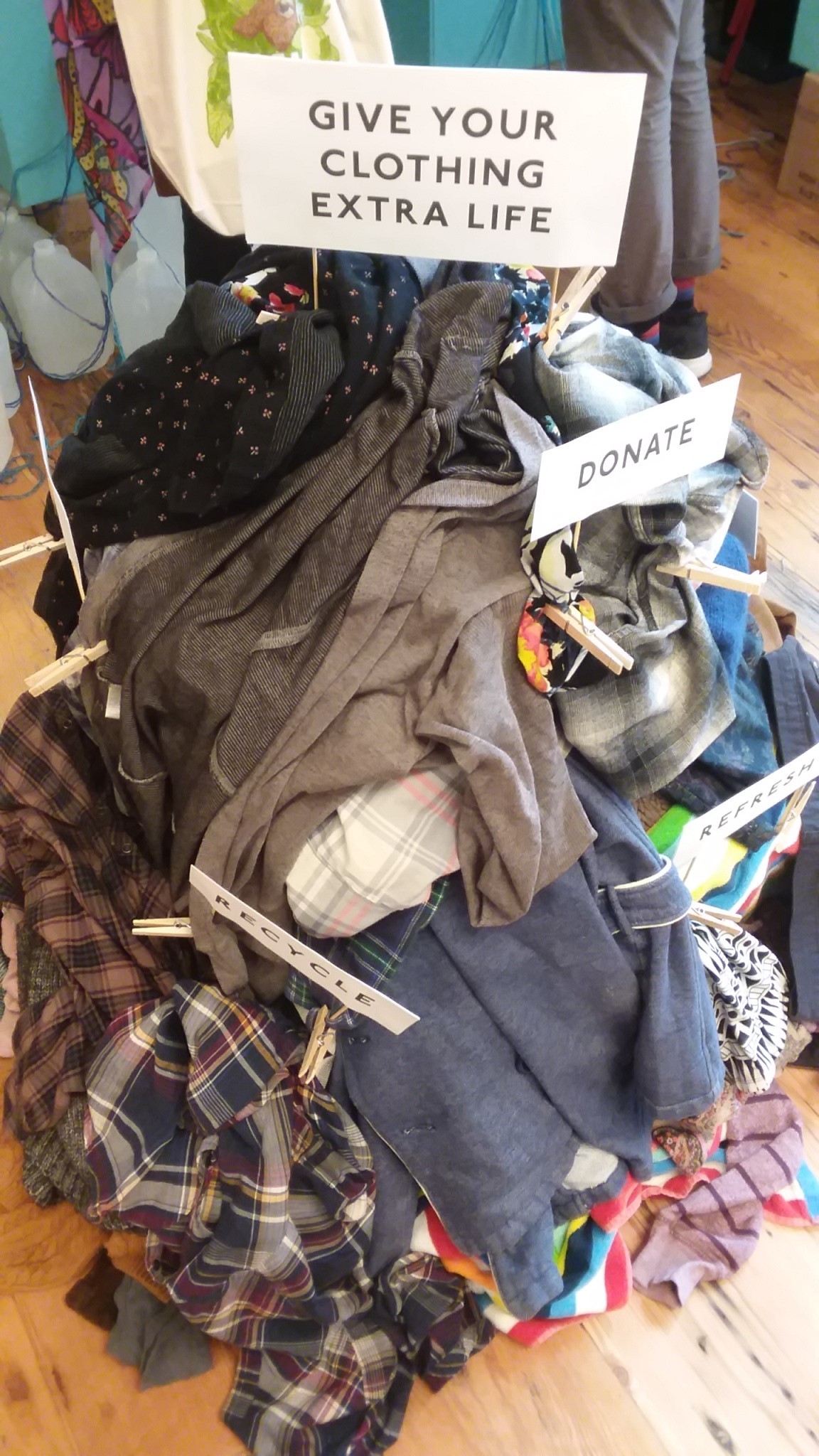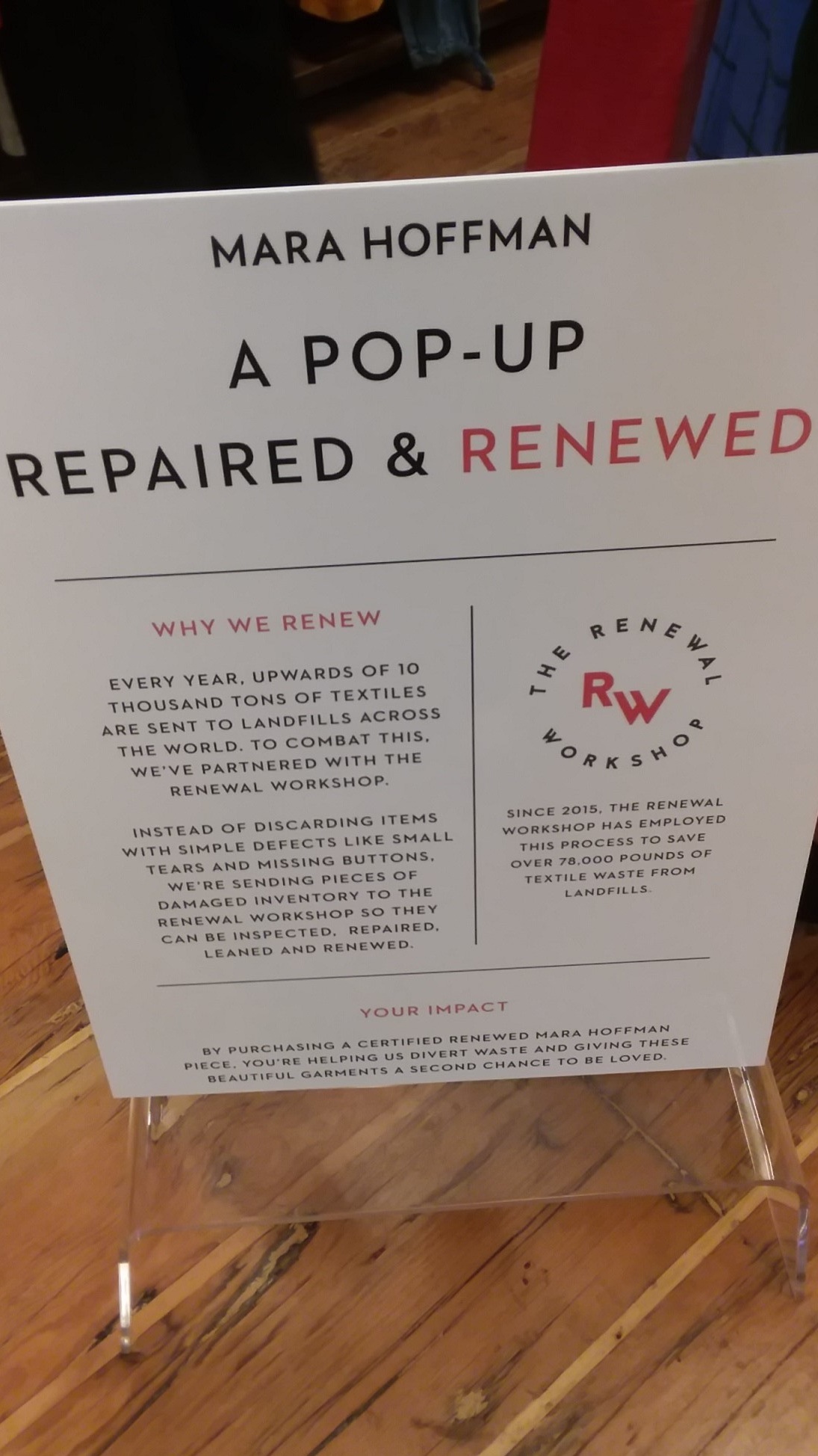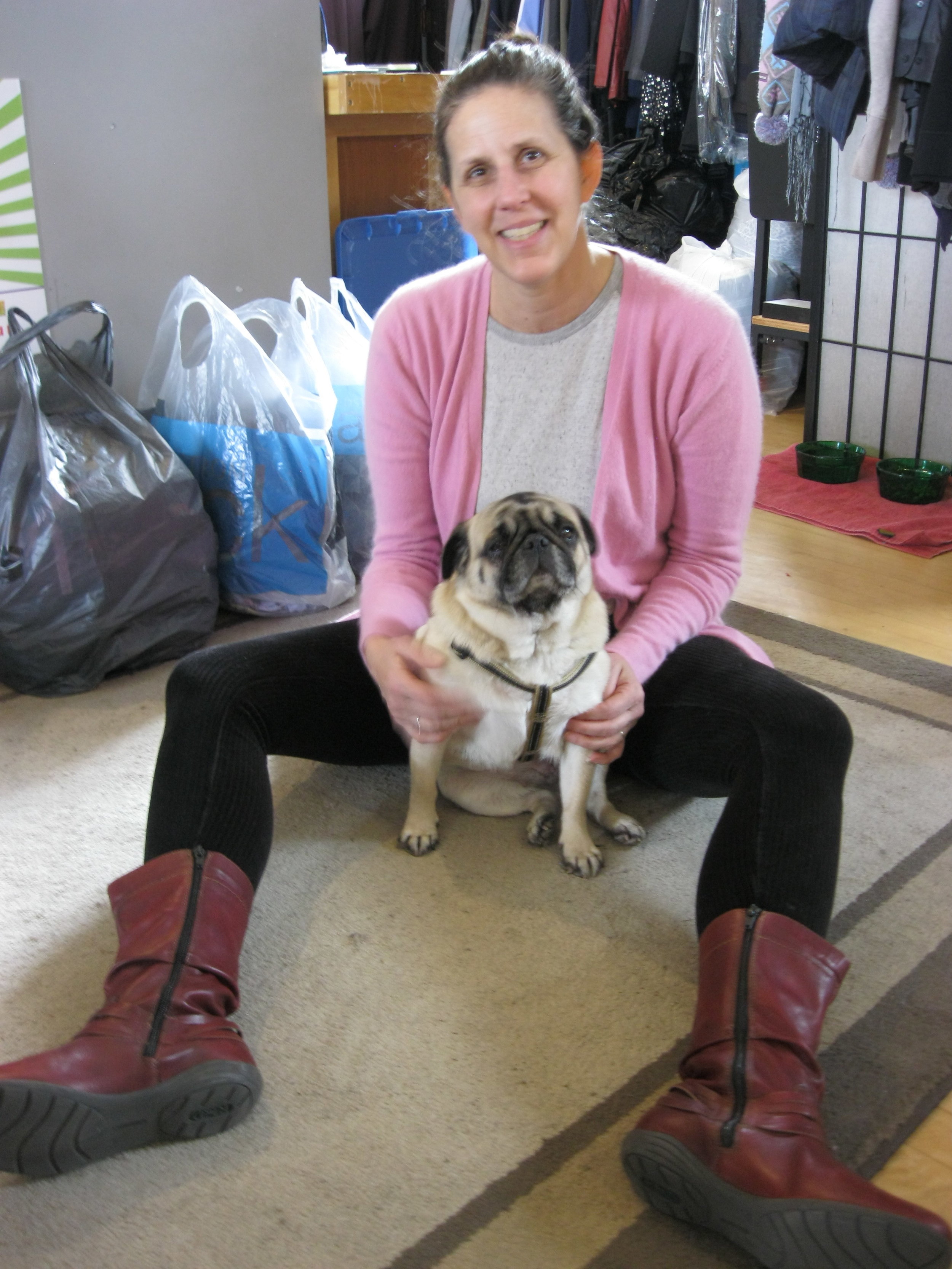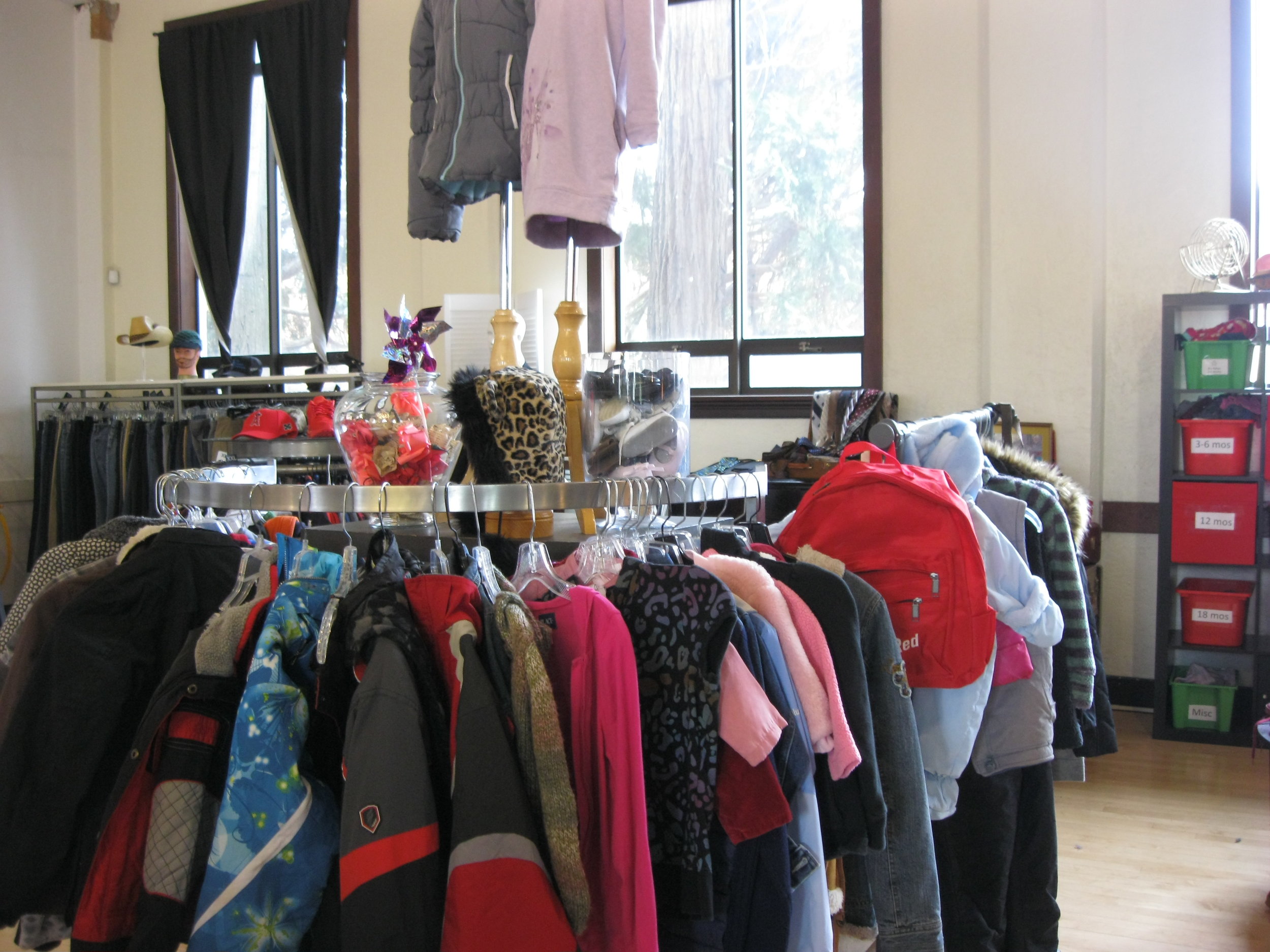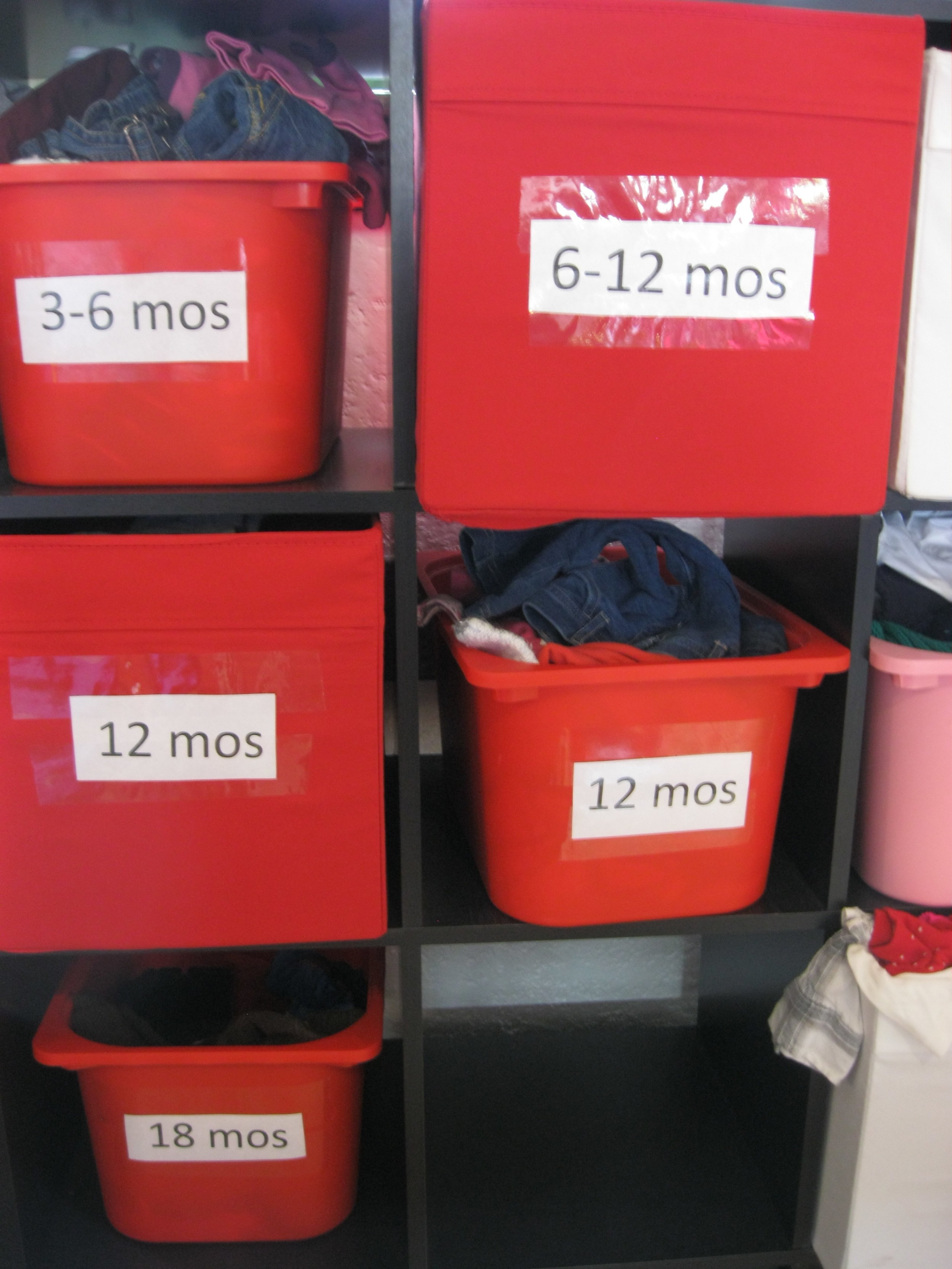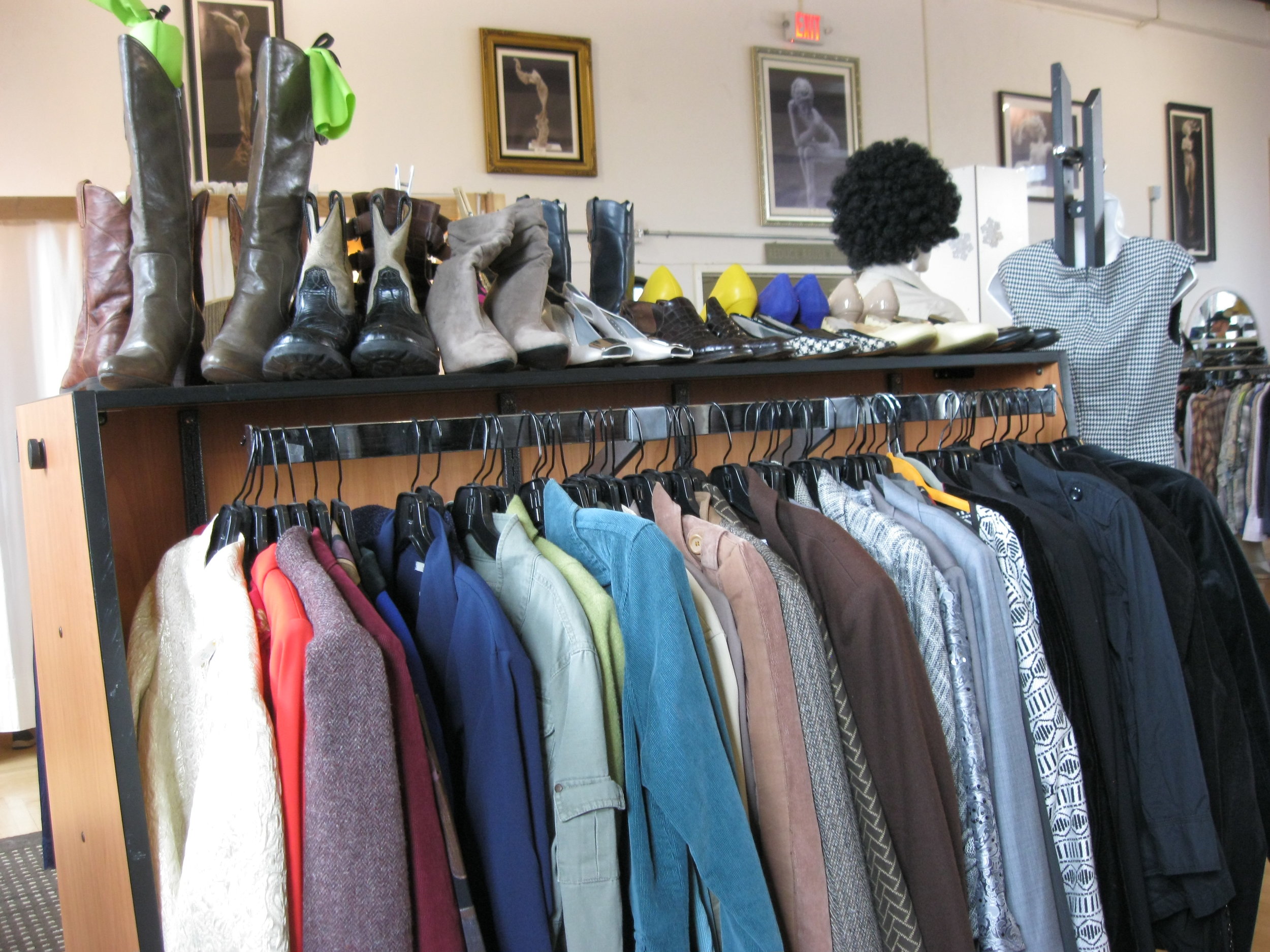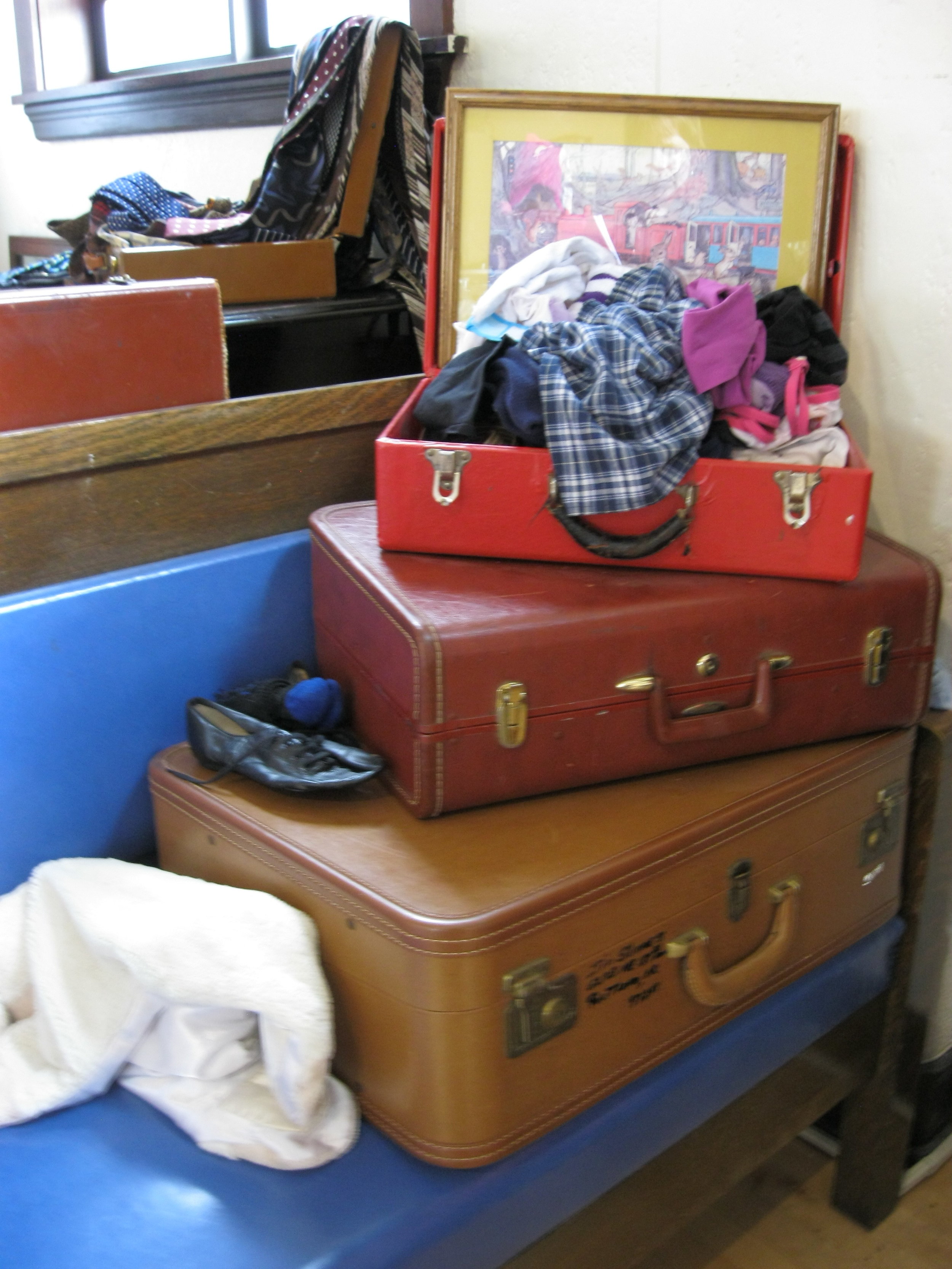The holidays are often a time for creativity and this year is no exception. From online choral concerts and karaoke, to walkable and drivable light displays, we are making the most of our current situation to find some holiday cheer.
For holiday shopping and giving, this year is about keeping it local and COVID-safe. Make a plan for shopping in-person and talk it through in advance with family or friends if you’ll have others in tow.
The City of Portland announced December as “Shop Local Month” to recognize the importance of small, local businesses to the city and its economy. In partnership with local organizations, the City has created and improved public safety to instill support of local small businesses, many of which are owned by people of color. For small businesses, much of their annual income is made during the holiday season.
Shop Small PDX is one resource to help connect Portland residents and visitors to shop local and to be intentional about where you spend your money. Others include directories for Black and Indigenous-owned businesses. Plus, The Intentionalist offers a directory of businesses in Portland and cities around the country.
Headed downtown? Combine your gift list with visual treats. Check out the Winterland project, a 26-day art experience at window locations throughout downtown, the Central Eastside, and Old Town. Passing by Pioneer Courthouse Square? Visit this year’s holiday tree in Portland’s Living Room to help you celebrate the season.
Looking ahead to the new year, an experience gift could signal hopeful times together. Perhaps a gift certificate to a local restaurant or theater, weekend travel plans to the Oregon Coast, or a workshop or class. Find more ideas and get holiday tips to save money and shop local with previous Resourceful PDX blog posts.







